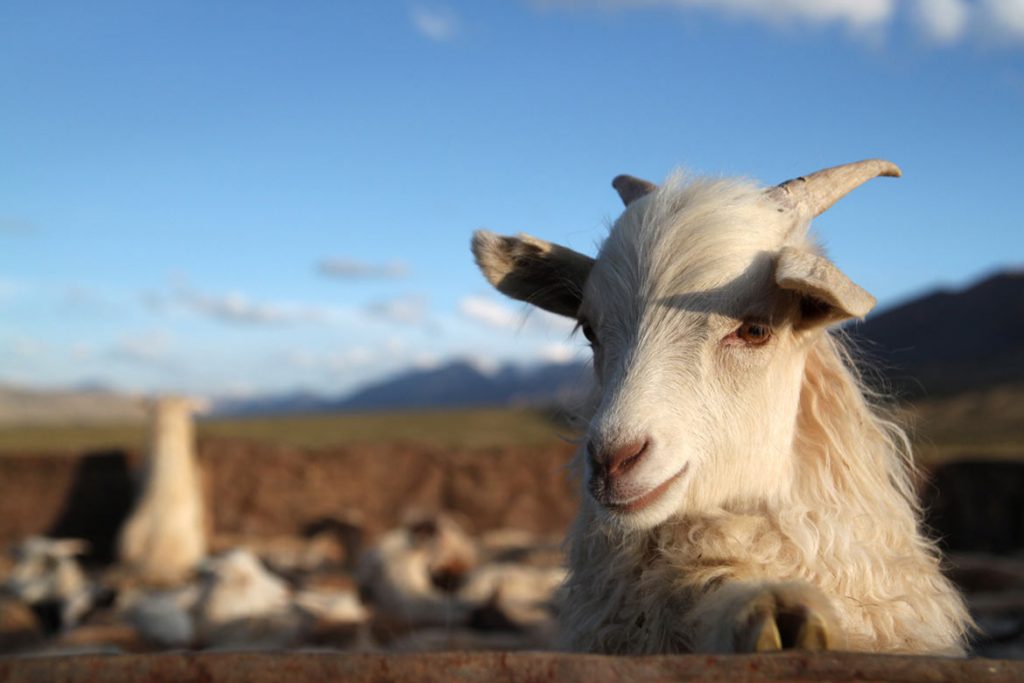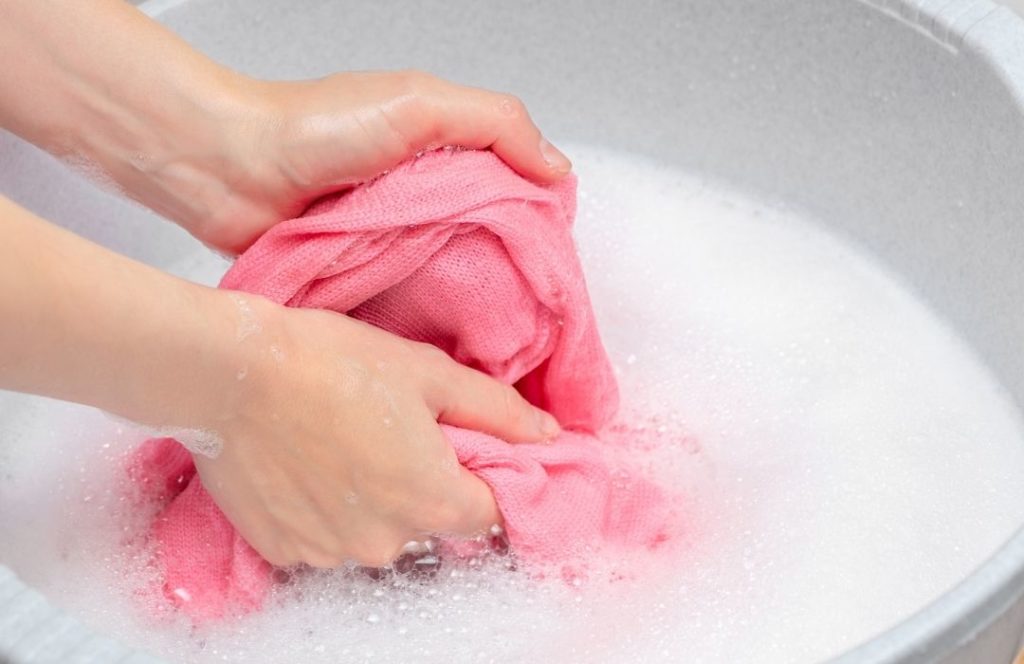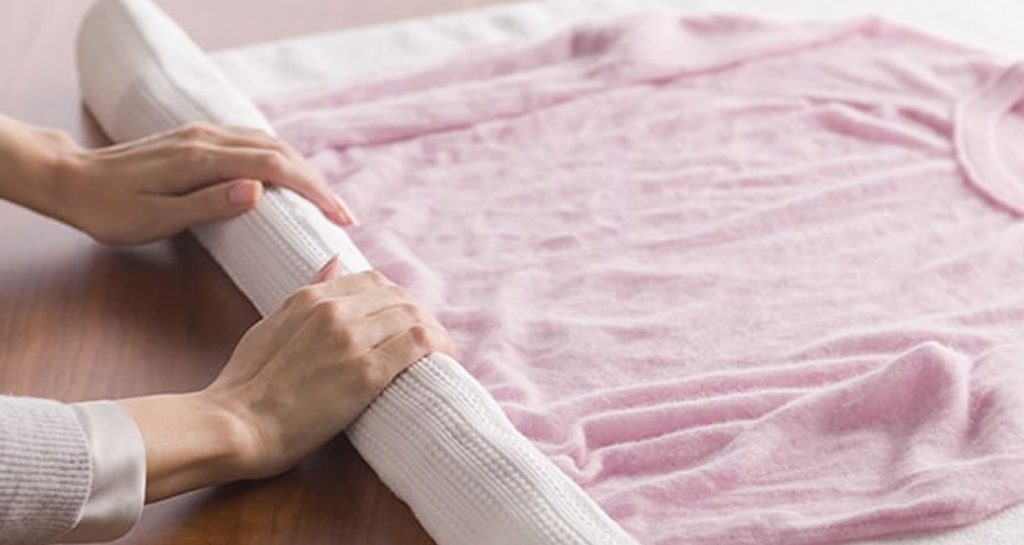Pashmina shawls are handmade from the finest Cashmere fibre, which is acquired from the Himalayan Capra Hircus goat. The fibre is super delicate and hence demands the same treatment while washing, drying or storage. The shawls are fairly expensive, and hence, a harsh treatment might cost you several thousand dollars. Hence one has to be really careful and attentive while dealing with Pashmina shawls, as even pulling it with your hands harshly might result in a tear.
When such expensive, luxurious and delicate shawls get wrinkles, one might be really worried about the ways to get rid of them. The reason is that ordinary sheep wool can get ironed easily. But Pashmina shawls need not be ironed, as the fibre is exceptionally gentle. Even if a shawl needs ironing, the owner has to be careful about the temperature of the iron, the force with which they have to hold the iron and many other factors. Hence, caring about a Pashmina shawl needs full-fledged mindfulness of the owner, to its company for a lifetime.
Why is a Pashmina shawl delicate?
Pashmina shawls are made from Cashmere. Cashmere is the hair of the Himalayan goats found around the Himalayas. This animal hair is immensely fine and delicate. It survives the goats in the harsh winter seasons that the Himalayas experience. The temperatures go below 40 degrees C, and it is Cashmere that envelops the goats in its exceptional warmth.

Spring season is the moulting season for the goat and it naturally loses much of the hair. Then comes summer, and its herders comb off the extra hair left on the body post-spring. This hair is processed manually. The process begins by manually leaning it, and then spinning it. Spinning is done over wooden spinning wheels, which transform the hair into long and fine threads. The fibre is just 12 to 16 microns in diametre and is fine enough to be broken by the slightest harsh movement of the hand. This is followed by weaving these fine threads, again done manually over a handloom, which transforms wool threads into the fabric. The fabric is a Pashmina shawl, in a solid appearance, and can be sent for embellishments later.
The fact that Pashmina shawls cannot be crafted over machines shows how delicate the fibre is, and how even manual movement can be strong for it at times. A diameter of 12 microns makes it one-fourth of human hair, and that makes us realise how dainty and flimsy Pashmina shawls are.
Also read: Pashmina goat farming and its impact on the economy
How to care for Pashmina Shawl?
Taking care of such a dainty wrap is a task. But as they say, precaution is better than cure, we bring to you precautions and cures as well. But let us start with precautions and see how a Pashmina shawl might get wrinkled.
During a wash

If you toss your Pashmina shawl directly into a washing machine and wash it on a regular cycle, there are chances of not just wrinkles, but your luxury piece getting damaged to the core. Always wash your Pashmina shawl with your hands. Soak it in a mix of lukewarm water and Pashmina shampoo for 30 minutes, and you are done
During a rinse
When you wash a Pashmina shawl, rinsing is another vital step, which has to be taken equal care of. Never wring your shawl, lest you get infinite wrinkles in it. Instead, squeeze it between your hands and let the extra water go. Wringing a Pashmina shawl will just cause wrinkles, which won't go easily.
During the Drying process

Drying a Pashmina shawl is again a critical stage that needs conscious efforts. If you tumble dry your shawl, the wrinkles caused will be difficult to remove. Instead, layer your shawl between two dry and clean towels and roll all layers together. This will remove the extra water out of the fine fabric, as well as make sure wrinkles are not caused at all. Later, keep the shawl flat on a surface, till its air dries completely.
During Storage
Storing a Pashmina Shawl is a challenge too, provided you have full knowledge of how to do it. If you store Pashmina shawls without properly folding them, you might get a wrinkled piece the next season. Store Pashmina shawls in clean, dry and moisture-free places. Do not place them one over the other to reduce friction and piling. Instead, place a separating cloth in between each. If you just throw a shawl in your cupboard or bag without neat folding, the wrinkles might deepen and refuse to go the next year.
How do you get wrinkles out of Pashmina shawls?
If, even after taking precautions, somehow your Pashmina shawl has wrinkles over it, do not worry much, we have got cures for it too.
Method 1: Hanging your Pashmina spread will make most of the wrinkles go. Hang your Pashmina unbunched for a couple of days till you feel it is smooth. Leaving your Pashmina alone for some days will help it regain its smoothness, fluffiness, and shed those ugly wrinkles that make it look damaged.
Method 2: If the wrinkles are too deep and you find that hanging alone won't help, then you might have to iron it, which will require the following steps.
- Lay out your ironing board. Make sure its covering is clean and dry.
- Pre-warm your iron to a moderate heat
- Keep a cotton cloth between the iron and the shawl, and avoid making direct contact between the two.
- Iron the shawl by moving the iron up and down, and not left to right direction to preserve the fibre.
Method 3: If even this fails, contact your laundry. If you trust your dry cleaner, ask them for assistance. They have professional ironing specialists, who will get rid of the wrinkles in the cleanest fashion. Make sure they have experience of dealing with Pashmina shawls.
Properly caring about your Pashmina extends its life and you can revel in the luxury of your Pashmina shawl for an entire lifetime.
Also read: Kashmiri Shawls: Who introduced shawls in Kashmir?